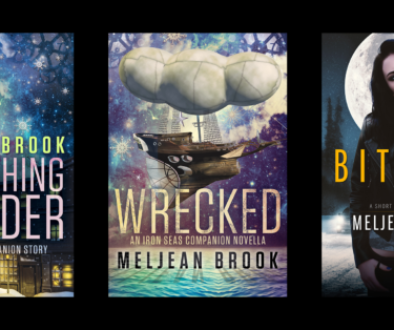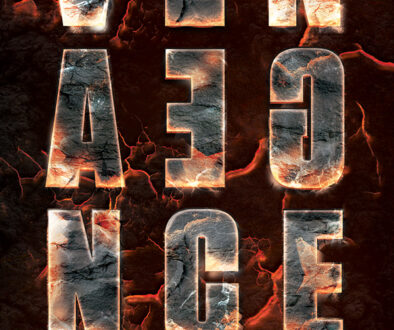Steampunk
On Twitter, I was asked about steampunk — specifically, what is it? I’m copying this from an explanation I did a few weeks ago (because there’s really no one definition of steampunk, honestly. But this is the way I’m approaching it.)
Steampunk is essentially historical science fiction — and for steampunk, the advanced technology is usually steam-based technology (steam engines and locomotives, for example) but also with various other forms of tech: clockwork machines are common, steam- or clockwork-powered automata (these can be small, like a singing mechanical bird, or a giant robot).
Which probably sounds more confusing that it really needs to be. Basically, if you look at something like J.D. Robb’s In Death series (I’m just using it as an example because so many people are familiar with it), you can see how the technology and the cultural issues of today influence Robb’s vision of 50 years from now. Most of the technology is based on computers, but they are really GOOD computers. Everything runs on electricity or batteries. Mixed race and same-sex marriages are common. Food is primarily soy based.
Those are all speculative on the author’s part, but you can definitely see where the ideas are rooted in the reality of today’s world. It’s the same thing for steampunk, except that instead of rooting the reality in the year 2009, you go back 200 years, and speculate what the world might be like if the technology they had in the Regency had advanced in a different way than it did.
So you have a historical setting — in my books, that’s a world that resembles a late-Regency/Victorian era, but steampunk can be in any historical era — but there’s a twist. Something changed along the way, and both the culture and the technology are slightly different. I think anyone who reads historical romance will feel right at home, though, just as reading an In Death book is a step or two outside what we’re familiar with, but not TOO far.
***
So, IMO, steampunk isn’t just the gadgets — it’s the technology and the effect that has had on the culture. Think about the impact the Industrial Revolution had on the western world … and now speed that up and multiply it. That’s where I’m going with mine (and also with some post-colonization issues, thanks to a technologically advanced culture that invaded all of Europe several hundred years before the books begin.)
If you’re wondering, “WHY steampunk?” and not just “WHAT IS steampunk?” I try to answer that at the Book Smugglers’ blog.
For a preview of my series and a look at steampunk in action, you can check out the excerpt for Here There Be Monsters, an Iron Seas companion novella.



